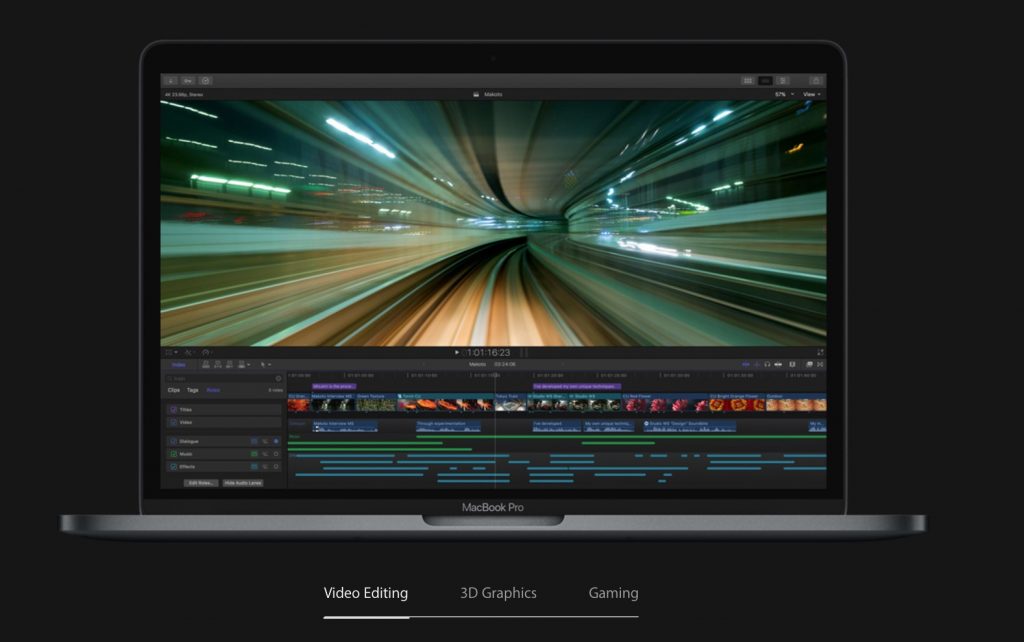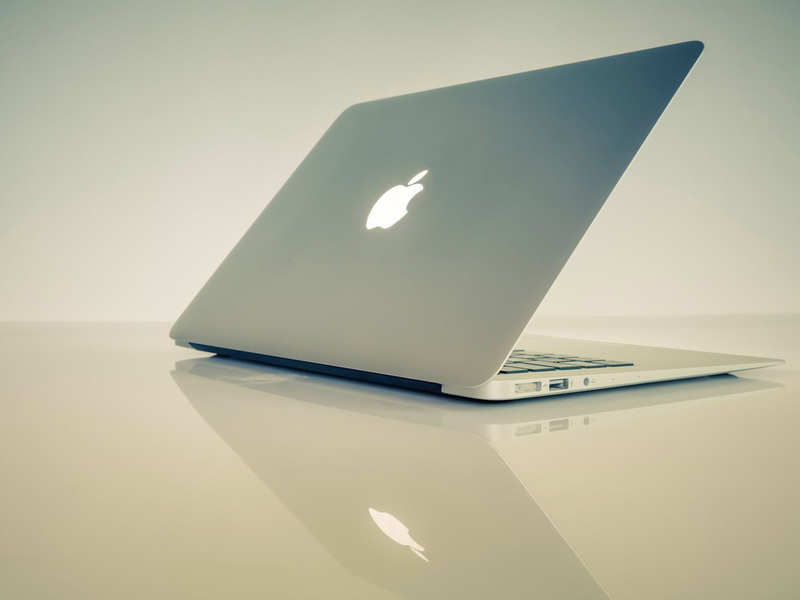

Step 3: Tap coreaudiod and click the x icon at the top-left corner. Step 2: Type coreaudio into the search box. Step 1: Launch the Utilities folder using the Shift + Command + U keyboard shortcut and double-click on Activity Monitor.

Apple calls it the “digital audio infrastructure of iOS and OS X.” If your MacBook’s speaker volume is acting funny, force quitting the Core Audio process could help resolve the problem. Close Core AudioĬore Audio is the background process responsible for both audio output and input on Apple devices. Tap the Apple logo at the top-left corner of the display (on the menu bar) and click Restart. If your Mac’s built-in speaker won’t produce sound despite being the default device for audio output, try restarting it.

Personally-on countless occasions, by the way-I’ve fixed several sound-related problems on my Mac by simply performing a device restart. Likewise, make sure the Mute box for the built-in speaker is unchecked. Step 3: Check that the built-in MacBook speaker is selected. Step 1: Launch System Preferences and select Sound. This option would be annoying and probably not a great idea to do to all your songs, but if you’re only working with few songs it could be helpful.For your MacBook built-in speaker to work, it has to be the default audio output device. Once again, in iTunes, highlight a song, press apple+i to show the song’s information, than go to “options” and there is a volume adjustment you can make from -100% to +100%. Obviously if you are listening to different songs in iTunes and they are recorded at different levels, then there could be significant volume differences when you un-check this box, but it can increase your volume.ģ. In iTunes, go to “preferences”, then “playback”, then un-check “Sound Check”. in iTunes on Snow Leopard it’s Window -> show Equalizer or (control + Apple + 2).


 0 kommentar(er)
0 kommentar(er)
